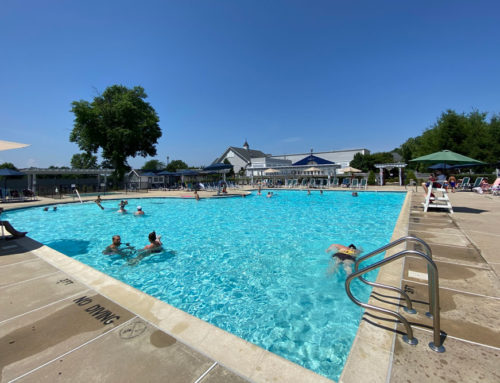When deciding on a new pump, pool maintenance technicians may wonder about which models best suit their pool’s needs. Though single-speed pumps are the cheapest ones, they’re not the most efficient. However, two-speed and variable-speed pumps have a higher initial cost. Facilities that have the budget to spend on these high-end models may have difficulty choosing between the two.
What are the real differences between two-speed and variable-speed pumps? Are they major enough to sway the decision one way or the other or are they minimal, in which case the choice may be harder, but also have fewer downsides?
Know what your pool needs
Two-speed and variable-speed pumps will give you better control over pump speed. You can run the unit at a slower rate when there are few swimmers, then increase it when attendance grows. This cuts back on energy consumption and, therefore, cost. Because of this, it’s a good idea to invest in these units if your facility can afford it. If you’re unsure of the pros and cons of each one, here are some facts to consider.
Two-speed pumps: These are a step up from single-speed pumps because they offer another setting. You can run it at the low or high speed, depending on your pool’s needs. However, Pentair pointed out that these settings aren’t programmable by owners. They’re preset by manufacturers and may not run at the most efficient speeds.
Variable-speed pumps: There are two types of variable-speed pumps: ones that come with programmed settings and ones that can be set by operators. Of course, there’s a price difference, but both models offer more flexibility than single- or two-speed pumps. Additionally, variable-speed pumps can last longer because the startup and stop speeds are gradual, as opposed to single-speed pumps, which have a hard start and stop.
Variable-speed pumps are undeniably the most efficient models, but they’re also the most expensive. Facilities that aren’t entirely committed to the idea or investment of these units can try out two-speed pumps to see the difference that it might make on energy consumption. If there’s a major difference and obvious positive results, then they can set aside the funds for a variable-speed pump. On the other hand, if a two-speed pump fulfills their needs, there may be no reason to upgrade further.






